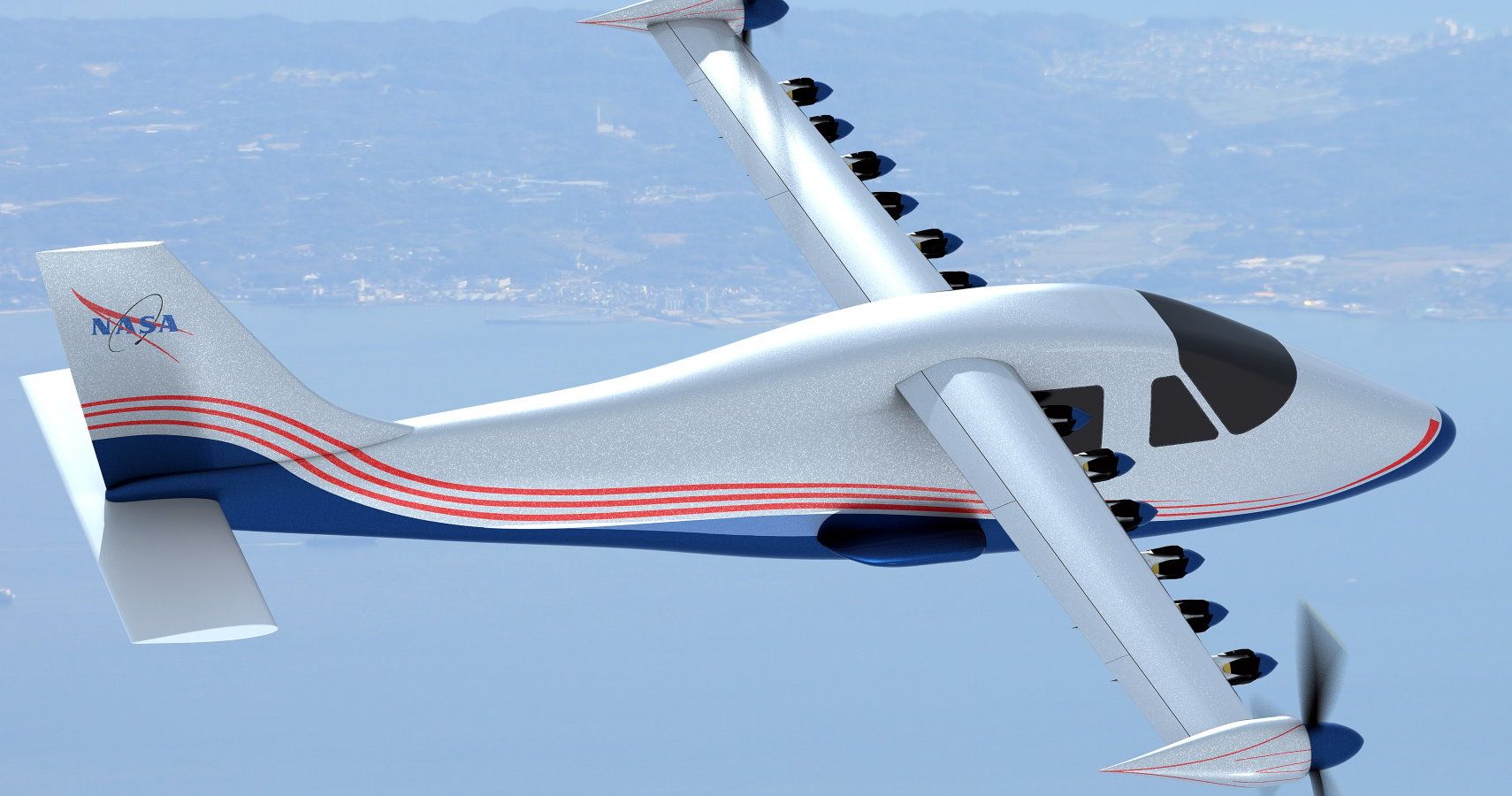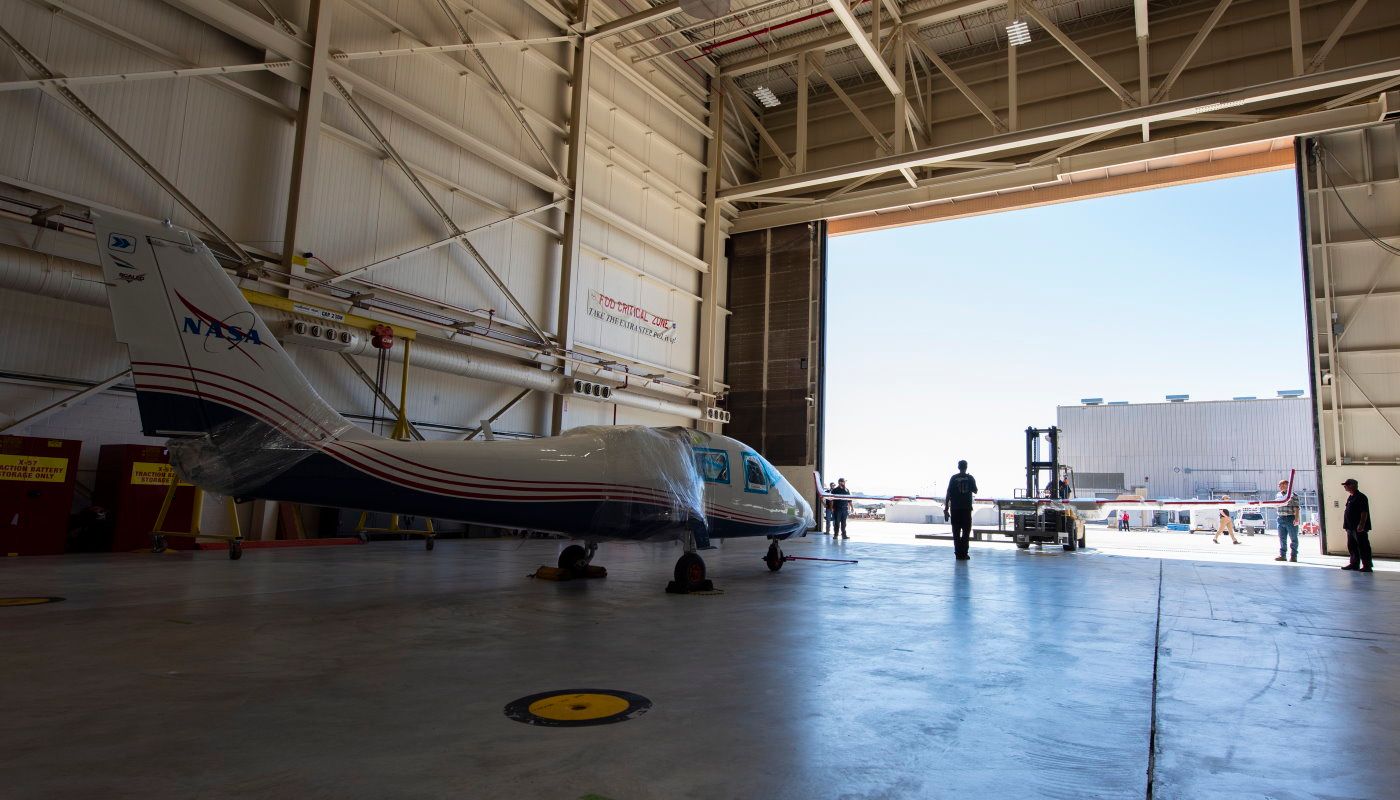Move over Tesla, because NASA is looking to steal your thunder with a new electric plane.
Unlike Tesla, NASA doesn’t have any plans to commercialize their vehicles, but they do plan to disseminate the knowledge gained by creating a conventional fixed-wing aircraft that’s powered solely by batteries.
It’s called the X-57 Mod II, and it’s currently at NASA's Armstrong Flight Research Center in California preparing for testing. NASA will first start with ground taxi tests and then move on to limited flight tests. The X-57 is the first manned X-plane from NASA in over two decades, so there’s a lot of pressure to make sure these tests go smoothly.
The X-57 is based on the Italian-made Tecnam P2006T aircraft which normally has twin 4-cylinder gas piston engines rated at about 100 horsepower each. However, the goal of the X-57 is to create a fully-electric aircraft, so those engines have been replaced by "electric cruise motors" which will drive propellers in much the same way as the stock plane.
Besides creating an electric aircraft, NASA has several other goals for the X-57. First, the agency wants to develop a set of certification standards for new electric aircraft, "including urban air mobility vehicles, which also rely on complex distributed electric propulsion systems." Second, as a more technical challenge, NASA wants the X-57 to improve its energy efficiency by 500% over the gas-powered plane with zero in-flight carbon emissions and while being quieter than conventional aircraft.
Mod II of the X-57 will test the electric motors while Mod III and IV will have new high-aspect wings that provide greater lift with reduced drag. The final version of the planned aircraft will include these wings as well as 14 electric motors. Flight time is expected to be 1 hour with a maximum range of 100 miles.
Which doesn’t sound all that great compared to a Tesla Model S with a range of 370 miles. Also, if the Tesla’s battery dies it just stops. If a plane’s battery dies, it falls out of the sky. This will undoubtedly lead to a new definition of “range anxiety.”


